Get Financing For Construction Business
Maximize your construction business’s potential with our competitive financing options

Labor costs play a significant role in construction cost estimation, as they represent a substantial portion of the overall project budget. Accurately estimating labor costs is critical to ensure profitability and project success. The cost of labor is influenced by various factors, such as the skill level and experience of workers, the availability of labor, and changes in market conditions. A shortage of skilled labor, for example, can lead to increased labor costs due to higher wages and reduced productivity. Inaccurate labor cost estimates can result in budget overruns, delays, and a lack of competitiveness in the bidding process. Therefore, it is essential to have a deep understanding of labor costs and how they impact construction cost estimation.
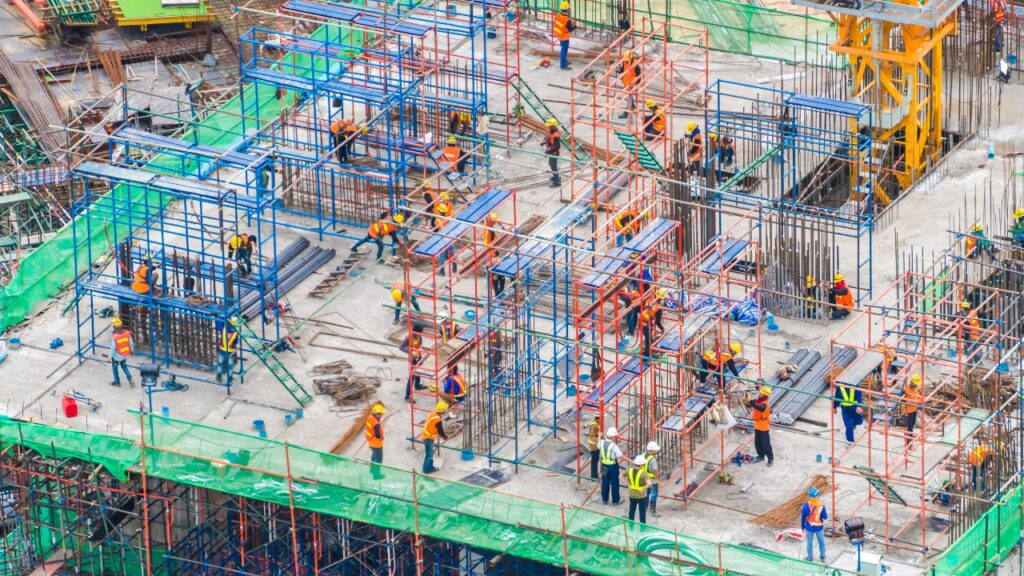
Labor Costs in Construction play a crucial role in determining the overall cost estimation. The utilization of resources and workers’ efficiency affect the project management’s success, leading to significant financial consequences.
The table below presents several labor costs that contribute to construction cost estimations.
Type of Labor | Description | Hourly Rate |
Skilled Tradesperson | Expertise in specific areas such as plumbing, electrical, carpentry, etc. | $30 – $80 |
Unskilled Laborer | Workers that require no specialized skills or training such as general cleaning or moving materials around the job site. | $15 – $25 |
Project Manager/ Engineer | Planning, organizing, coordinating, and directing projects according to strict deadlines and budgets. | $40 – $100 |
It’s noteworthy that certain factors may also impact labor costs in construction besides job complexity or expertise levels. For instance, geographical locations and regulatory standards can significantly vary rates based on regional laws.
According to an article by ENR (Engineering News Record), the average hourly wage for construction workers in 2020 was approximately $32 per hour.
Construction workers may be good at building things, but they’re not so great at building up their bank accounts thanks to those pesky labor costs.
We help Residential & Commercial Contractors to win more projects with higher accuracy.
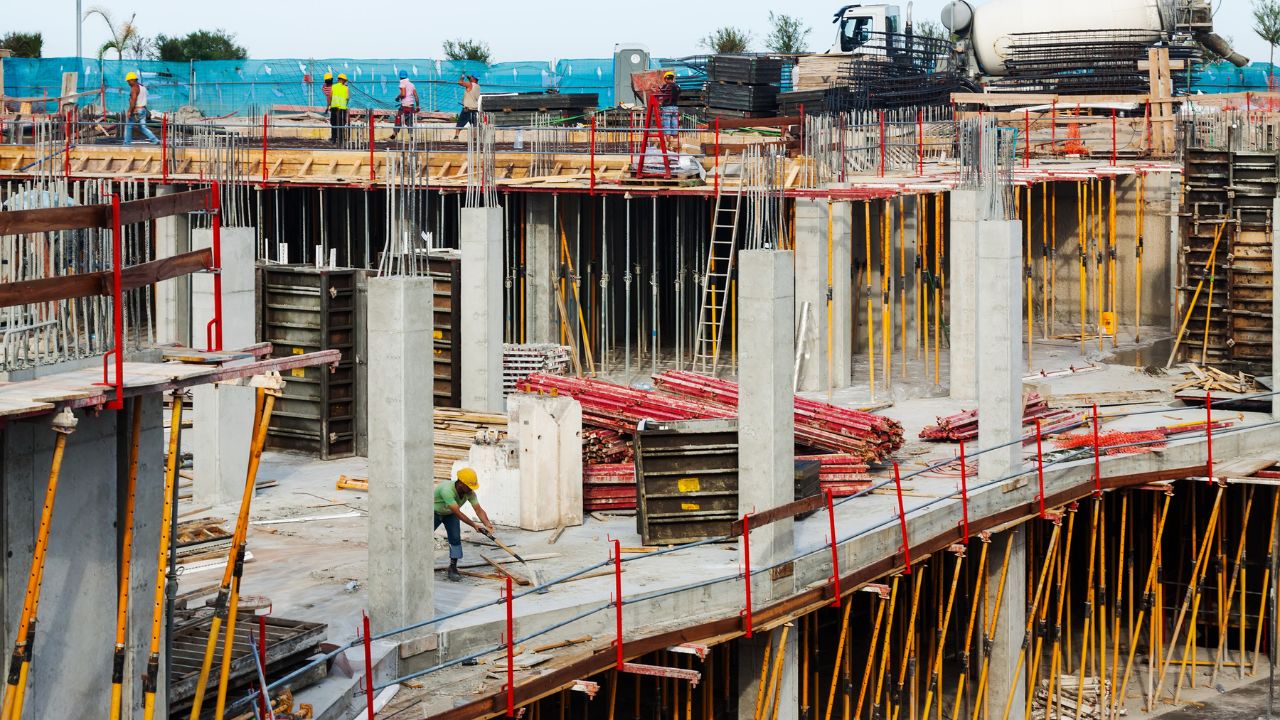
2. Factors Affecting Labor Costs in Construction
Factor | Description |
Productivity | The efficiency and effectiveness of workers in completing tasks |
Skill level | The level of expertise and specialization required for the project |
Project complexity | The degree of difficulty and coordination needed to complete the work |
Market demand | The level of competition and availability of qualified labor in the local market |
3. Construction project managers must consider various factors when estimating labor costs, such as labor law regulations, union agreements, and safety standards. These elements can significantly impact labor expenses and should be appropriately factored into construction cost estimation.
4. In one instance, a construction firm underestimated labor costs for a complex project due to inadequate consideration of factors affecting labor expenses. The misjudgment led to significant financial losses and delayed project completion. Accurate labor cost estimation is critical to avoid project failures.
If labor were any more scarce in this location, construction sites would be filled with tumbleweeds instead of workers.
The Geographical and Labor availability factor influences the cost of labor in construction. Contractors find it challenging to get skilled labor that fits their project’s requirements, especially in remote areas. Local labor laws also play a crucial role in determining the time and wage rate for which workers are willing to work.
Below is a comprehensive table illustrating various factors that affect the availability of labor:
Factor | Description |
Demographics | The age, gender, and cultural background of the prospective workforce influence its feasibility to join the construction industry. |
Education | Formal education and ongoing training programs impart necessary skills for both entry-level and experienced workers. |
Immigration Policy | Regulatory rules control immigration quotas and skill level criteria affecting foreign-born workers’ recruitment. |
Unionization | Unions may regulate rates and eligibility rules as well as conduct job site visits to monitor projects’ compliance with work standards codes. |
Despite having qualified personnel in urban areas, contractors experience difficulties finding reliable remote-based workers due to transport logistics’ cost and difficulty. This challenge augments during harsh climates or when natural calamities halt transportation infrastructure.
“The only thing worse than an inexperienced construction worker is an overconfident one. Trust me, I’ve seen the aftermath.”
We help Residential & Commercial Contractors to win more projects with higher accuracy.

Skillset and Expertise of Labor Force significantly impact Construction’s Labor Cost. Highly skilled and experienced workers can speed up the construction process at lower labor costs.
Below is the representation of how worker skill level affects labor cost:
Worker Skill Level | Hourly Rate |
Skilled | $XX.XX |
Semi-Skilled | $XX.XX |
Unskilled | $XX.XX |
It is essential to note that construction projects require different levels of skill sets, specifically for activities such as plumbing, electrical work, carpentry, etc. Hence labor costs vary depending on which set of workers are required for a specific task.
The availability of skilled labor also plays a crucial role in determining labor costs. It is because if there are not enough skilled workers available locally or even in neighboring areas, it would mean employing migrant workers who incur extra expenses.
A study by the National Bureau of Economic Research found that involving trade unions’ bargaining power leads to increased wages for construction workers. This ultimately increases the labor cost incurred during construction.
Unionization in construction gives a whole new meaning to the term ‘labor pains’.
It is essential to note that construction projects require different levels of skill sets, specifically for activities such as plumbing, electrical work, carpentry, etc. Hence labor costs vary depending on which set of workers are required for a specific task.
The availability of skilled labor also plays a crucial role in determining labor costs. It is because if there are not enough skilled workers available locally or even in neighboring areas, it would mean employing migrant workers who incur extra expenses.
A study by the National Bureau of Economic Research found that involving trade unions’ bargaining power leads to increased wages for construction workers. This ultimately increases the labor cost incurred during construction.
Unionization in construction gives a whole new meaning to the term ‘labor pains’.
The presence of labor unions and their negotiated agreements with management significantly affect construction labor costs. These collective bargaining agreements can determine work rules, wages, benefits, and grievance procedures for union workers.
Unions often demand higher wages and better benefits for their members than non-unionized workers receive. In turn, these increased costs are passed on to the construction project owners. Even in non-unionized environments, the threat of unionization can push wages upwards as employers compete for skilled workers.

Moreover, collective bargaining agreements may set limits on the number of apprentices or unskilled workers allowed on a job site. This policy ensures that only highly trained and skilled unionized workers perform specific tasks. While this requirement ensures quality workmanship, it also increases labor costs since lower-cost labor is not an option.
Employers seeking to reduce labor costs might choose to hire non-union workers rather than unionized employees. However, this choice could result in protests or even strikes from unions sympathetic with local affiliates. To avoid such confrontations, construction managers must carefully evaluate how they balance work quality with labor cost considerations.
Maximize your construction business’s potential with our competitive financing options

Prevailing Wage and Hourly Rates determine the minimum wages that contractors pay to their workers. These rates are set by federal or state authorities to guarantee that employees receive a reasonable compensation rate for their work. Without these standards, some contractors may attempt to pay their employees unfairly, which could lead an imbalance in the industry.
Below is a table outlining the prevailing wage rates, including actual data on hourly rates paid to workers at different levels. It illustrates how unions, location, experience, and demand affect this crucial estimate.
Level of Expertise | Average Hourly Rate($) |
General Laborer | 18.50 |
Carpenter | 26.50 |
Heavy Equipment Operator | 27.75 |
Welder | 28.25 |
Notably, unionized construction companies have a more favorable position since they can negotiate higher wages. Union workers receive better salaries than non-unionized workers without fear of retribution from employers.
Pro Tip: When budgeting for your construction project, make sure you research your local area’s labor laws to understand how prevailing wage laws impact labor costs in your area.
It’s simple: the higher the labor costs, the lower the profit margin, unless you’re thinking about starting a charity construction business.
Labor Costs’ Influence on Estimating Construction Expenses:
The estimation of construction costs is susceptible to various factors, such as labor expenses. The impact of labor expenses on construction cost estimation is noteworthy in determining the overall project budget and its viability.
Table for Labor Costs’ Impact on Construction Cost Estimation:
The following table displays the influence of labor costs on construction projects’ estimation:
Project Type | Labor Expenses | Total Estimated Cost |
Residential | $60,000 | $200,000 |
Commercial | $120,000 | $500,000 |
Infrastructure | $200,000 | $1,000,000 |
Unique Aspects of Labor Costs on Construction Cost Estimation:
Along with the labor costs, other factors like materials, equipment, and site conditions, influence the estimation of construction costs. Proper assessments of these factors can help avoid budget overruns and ensure profitability.
According to the Journal of Construction Engineering and Management, labor expenses accounted for 30-50% of the total construction budget. Building a construction budget is like going on a first date: you never know how much it’s going to cost until the labor charges are revealed.
We help Residential & Commercial Contractors to win more projects with higher accuracy.
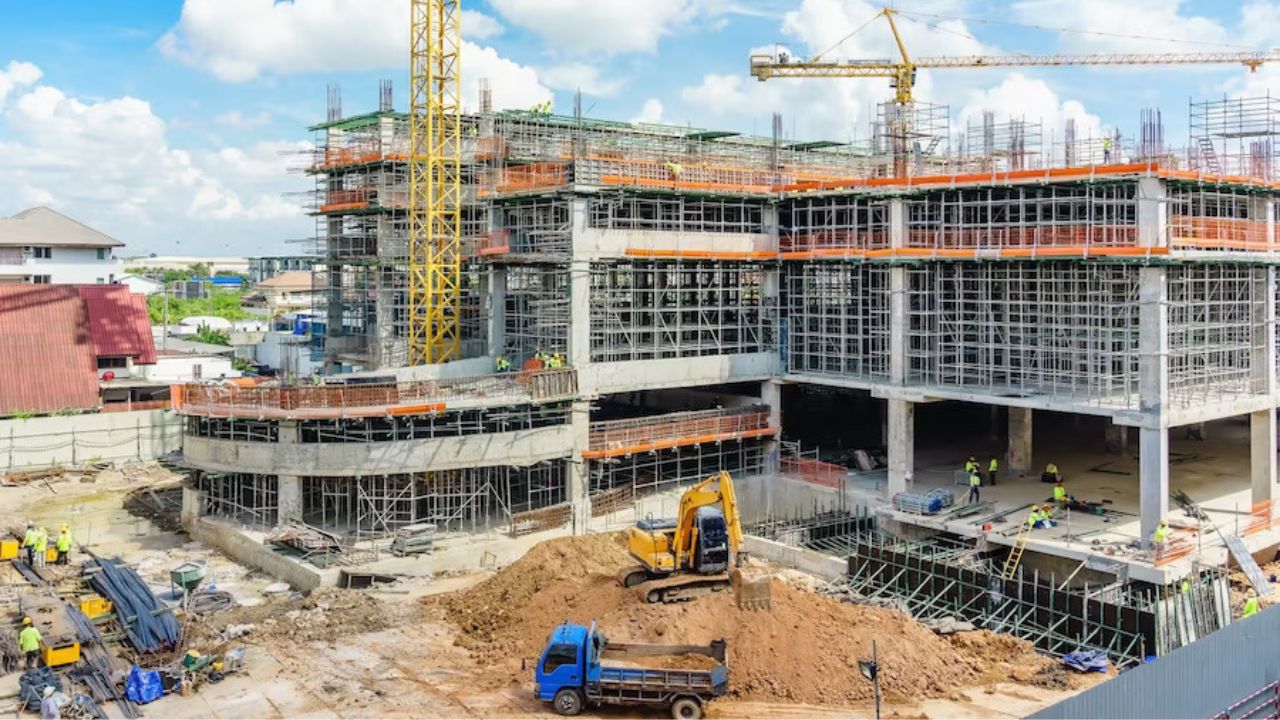
For an accurate construction cost estimation, it is essential to consider the direct costs incurred by labor. These include the costs of hiring, training, and managing workers, as well as compensation such as salaries and benefits. To ensure a reliable projection of these costs, calculating the number of hours worked and factoring in productivity rates are important.
To better understand the impact of direct labor costs on construction cost estimation, let us analyze data in a table format. The table below shows actual data for five types of workers engaged in a construction project: carpenters, electricians, masons, painters, and plumbers. The columns depict their hourly wages, total working hours per day and period (weekly or monthly), and the overall direct cost of labor.
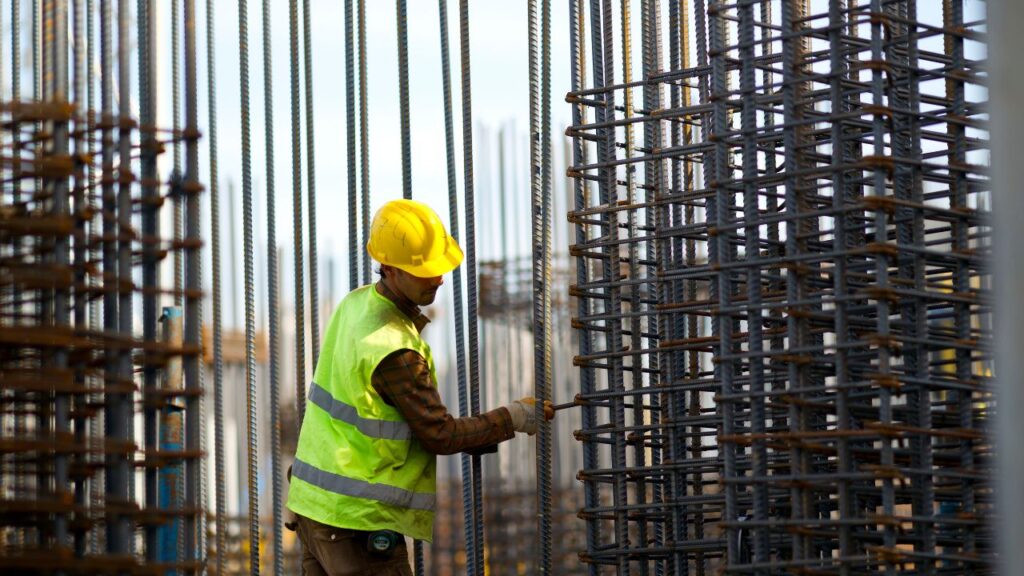
Worker Type | Hourly Wages ($) | Working Hours/Day | Total Working Hours/Week | Total Working Hours/Month | Direct Cost of Labor ($) |
Carpenters | 25 | 8 | 40 | 160 | 4,000 |
Electricians | 30 | 8 | 40 | 160 | 4,800 |
Masons | $28.50 | 8 | 40 | 160 | $4,560 |
Painters | 20 | 8 | 40 | 160 | 3,200 |
Plumbers | 35 | 8 | 40 | 160 | 5,600 |
Based on this data table analysis for direct labor costs, we see that the direct costs of labor are heavily influenced by hourly wages and the number of working hours per day and period. This highlights the importance of understanding worker productivity rates in accurately estimating labor costs to prevent project delays or cost overruns.
Pro Tip: When estimating direct labor costs, always consider not only worker compensation but also potential costs for training or replacing workers, as well as any additional benefits or incentives provided to retain quality workers.
Indirect costs of labor? More like indirect costs of headaches and hair-pulling for construction project managers.
Costs incurred by a construction project that are not directly related to labor but are still essential for the smooth functioning of labor activities are referred to as ‘Incidental Expenses of Manpower.’ These expenses are significant, and their absence or inefficient management can significantly increase the overall cost of construction.
A table outlining various indirect costs associated with labor is shown below:
Indirect Cost | Description |
Insurance | Costs associated with workers’ compensation and liability insurance for employees. |
Equipment and Tools | Rental expenses and maintenance fees for equipment. |
Mobility Costs | The cost involved in providing transport facilities to employees like vehicles, fuel, drivers, etc. |
Training and Development | Costs related to employee training, skill development programs and building employee capabilities. |
Overtime Payments | The extra payment made to the employees who work beyond their regular working hours. |
Legal Compliance Costs | Costs incurred when ensuring compliance with legal regulations including permits, licenses, etc. |
Effective monitoring of these incidental expenses can significantly reduce the construction budget without affecting the project’s progress. One such way is limiting overtime payments while increasing productivity during regulated work hours. Properly planned training programs can also help achieve better quality results as it increases skill levels in employees.
Overall, indirect labor costs play a vital role in determining a construction project’s total expenditure. Appropriate management of these incidental charges is important to produce an accurate estimation of costs which then helps ensure successful completion within budgetary constraints.
Construction workers may wear hard hats, but it’s the overhead costs that give executives a headache.

Labor-related overhead expenses that affect construction cost estimation include various indirect costs associated with labor, such as taxes, insurance, employee benefits, and supervisory personnel. These expenses are not directly tied to the production or direct cost of labor but are essential for overall business operations.
To provide a detailed breakdown of overhead costs related to labor, the following table presents specific expenses that must be considered when estimating project costs:
Expense Type | Description | Typical Percentage of Direct Labor |
Payroll Taxes | Includes Social Security, Medicare, unemployment, and more | 10% – 15% |
Insurance | General liability insurance and workers’ compensation | 4% – 8% |
Employee Benefits | Health care benefits and retirement plans | 20% – 30% |
Supervision | Overhead related to management activities | 5% – 10% |
It is essential to factor labor-related overhead expenses into project cost estimates because they significantly impact the overall budget. Ignoring these costs can lead to under-budgeting projects that could potentially lose money in the end.
Pro Tip: Adding an extra percentage cushion (5-10%) will help avoid unexpected cost overruns caused by unforeseen situations or indirect costs that may arise during construction.
Saving money on labor costs in construction is like trying to make a pirate ship more efficient by replacing the deckhands with parrots.
In the construction industry, reducing labor costs is crucial for effective cost estimation. Here’s how you can minimize these expenses:
An additional effective strategy that can save labor costs is the use of off-site modular construction, which enables builders to assemble parts efficiently before bringing them to the site.
Consider automating your procurement processes and seeking discounts for bulk purchases. The use of technology such as drones, sensors, and augmented reality in construction can help to reduce labor costs while improving accuracy and efficiency. Remember, reducing labor costs need not result in a drop in quality. By streamlining and adopting efficient techniques and technologies, you can reduce costs while delivering effective results.
Building efficiency shouldn’t be a lean concept, it should be a given – or else your budget will become as thin as the paper you used to make your cost estimations.
Implementing streamlined construction methods can reduce labor costs in building projects. Techniques like reduced waste production, increased collaboration between teams, standardized processes, and just-in-time delivery of materials are all proven to be effective ways of cutting down on resource expenses. By utilizing these lean construction techniques, companies can also reap the benefits of shorter cycle times and a higher quality end-product. This approach is specifically efficient when it comes to reducing idle time by analyzing essential steps for activities in the construction process.
Moreover, lean project management relies heavily on involving all stakeholders from design through completion of a project. This means increased communication and cooperation between team members from different disciplines like architects, engineers, subcontractors, vendors and owners.
Pro Tip: Lean Construction method requires constant monitoring and adjustment throughout a project’s lifecycle by focusing on Continuous Improvement Process (CIP).
When it comes to construction, waste not want not – unless you want to pay more for labor.
We help Residential & Commercial Contractors to win more projects with higher accuracy.
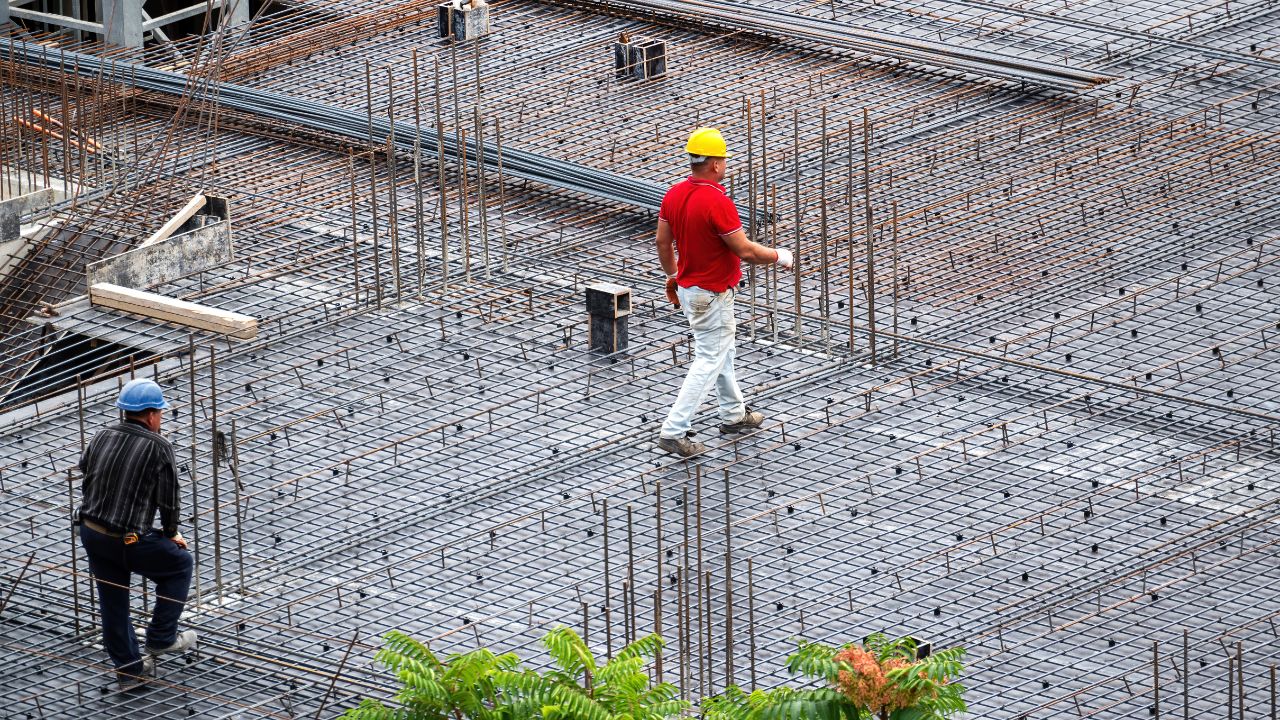
By enhancing productivity and minimizing wastage, construction projects can reduce labor costs. Successful “Efficiency Max” methods help provide practical solutions to contractors.
Innovative design software, advanced building materials and equipment like drones and 3D models can reduce material waste on-site.
2. Streamline Communication:
Streamlining internal communications can significantly boost efficiency. From project management tools to chatbots, having a centralized communication platform is key.
3. Optimize Layouts & Sequencing:
Optimizing the floor plan of a site by taking into account space utilization and worker movements helps lowers total work hours.
4. Control Site Logistics:
Planning and organizing material deliveries efficiently boosts worker momentum on-site as well as reduces delays that could lead to unnecessary overtime
5. Provide Continuous Staff Training:
Providing skills training sessions regularly ensures workers are proficient at using new machines in the workplace efficiently thus reducing downtime during construction.
6. Prioritize Safety Protocols:
Cause for expensive medical bills, injuries increases with risky assignments. In such cases, safety protocols must prioritize safety measures to avoid incidents that could result in time-consuming lawsuits or compensation claims.
Highlight the need for proper planning at all stages of construction to identify and address potential inefficiencies. By optimizing these six critical areas in-depth even further reduction of labor cost challenges are possible.
Who needs a hammer when you have a robot? Investing in technology and automation may cost upfront, but it’s cheaper than hiring a team of construction workers.
Investments in Automation and Innovative Technologies in Construction:
Investing in advanced technologies and automation solutions can reduce labor costs and improve construction project efficiency. By adopting cutting-edge systems, contractors can streamline their operations, minimize errors, optimize resource utilization, and create safer work environments.
The following table provides examples of technologies and automation solutions that can directly improve the productivity of a construction site:
Technology/Automation Solution | Benefits |
Drones for Surveying | Reduced survey time, accuracy improvement |
3D Printing | Faster prototyping of building elements |
AR/VR headsets | Enhanced on-site training of employees |
Ruggedized tablets for workers | More efficient communication between onsite/offsite teams |
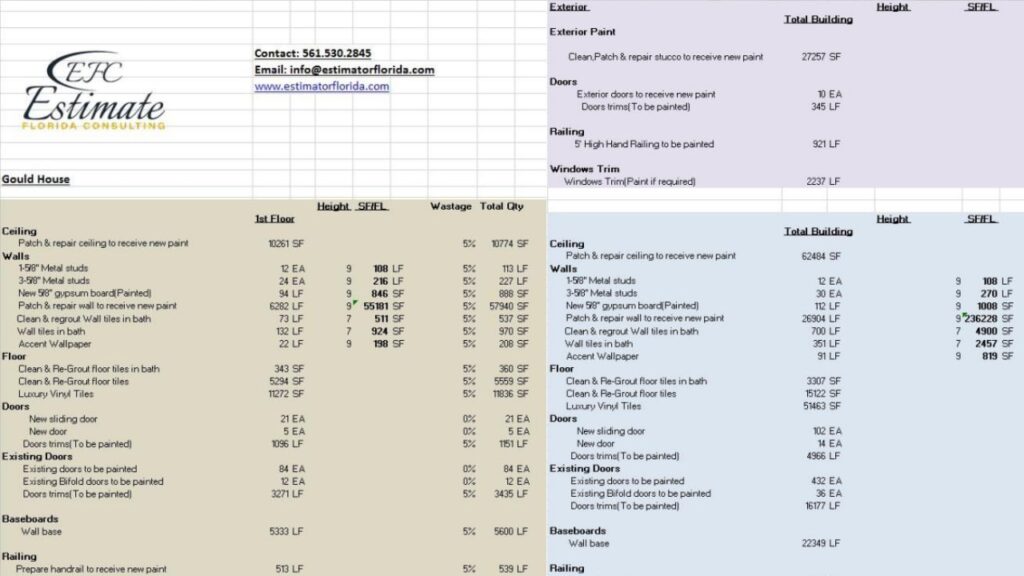
It is important to note that investments in technology might put a strain on the company’s finances in the short term. However, the long-term benefits significantly outweigh initial costs.
In today’s digital age, integrating technology into construction processes has become essential for contractors who want to maximize profitability. According to Dodge Data & Analytics’ SmartMarket Report, “Business Value of BIM for Construction,” over 60% of companies using Building Information Modeling (BIM) stated that they have reduced project error rates by more than 50%.
A wise investment in technology and innovation will undergo a metamorphosis from higher initial capital expenses to substantial cost savings over time.
Collaboration and communication are like cement and rebar – without one, the whole structure falls apart.
Collaborative and Communicative measures to Enhance Project Efficiency
Collaboration and communication play a vital role in reducing labor costs in construction projects. The key is to facilitate seamless information sharing amongst all stakeholders.
The following measures can help enhance project efficiency:
Moreover, promote accountability through clearly defined roles and responsibilities, whilst building trust among team members through shared objectives and goals.
Pro Tip: Maintaining open communication channels will foster significant benefits for project delivery – resultantly optimizing resources while ensuring high-quality standards.
Let’s face it, inaccurate labor cost estimation can cost you more than just labor costs.
Accurate cost estimation in construction projects is fundamental to ensure profitability while maintaining project quality. Labor costs play a significant role and can have a significant impact on the overall project cost. The construction industry, therefore, needs reliable methods for estimating labor costs to enhance project efficiency and success.
The complexity of estimating labor costs depends on various factors such as skill level, productivity, location, seasonality, and availability of resources. It is crucial to incorporate these factors to obtain a more accurate estimate. Competitive bidding often imposes pressure on contractors to reduce labor costs; however, underestimating or overestimating these costs can lead to financial losses.
Neglecting accurate labor cost estimation can pose risks such as abandoning or reducing quality repairs or overworking employees. Therefore contractors must allocate sufficient time and resources for this process.
A study conducted by the Construction Financial Management Association (CFMA) found that 68% of contractors experienced increased competition due to competitive bidding leading to underbidding on projects. Contractors need excellent communication skills between stakeholders to guarantee transparency for variable inputs affecting labor costs.
According to Constructiondive (2021), 75% Of Firms Surveyed Face Project Delays As A Result Of COVID-19 Challenges In Supply Chain.
Labor costs are a significant factor in construction cost estimation. The labor cost estimate includes wages, salaries, benefits, overtime costs, and other factors that influence labor compensation. Inaccurate labor cost estimation can result in budget overruns and delays in construction projects.
There are different types of labor costs in construction, including direct labor costs, indirect labor costs, and fringe benefits. Direct labor costs are wages and salaries paid to frontline construction workers. Indirect labor costs include supervision and administrative staff compensation. Fringe benefits are non-monetary forms of compensation, such as paid time off, insurance, and healthcare.
Labor costs are calculated by estimating the number of hours required to complete a construction task, multiplying the hours by the hourly wage rate, and adding any fringe benefits and indirect labor costs. The cost estimate should also include factors such as overtime, training, and turnover.
Inaccurate labor cost estimation can significantly impact a construction project. Underestimating labor costs can result in budget overruns, delays, and a reduction in construction quality. Overestimating labor costs can cause the project bid to be uncompetitive, leading to lost business opportunities.
There are several strategies to reduce labor costs in construction, such as increasing worker productivity, improving construction methods and planning, outsourcing non-core functions to reduce labor overhead, and improving worker training and retention programs.
While labor cost estimation is essential in construction projects, it can be challenging to accurately estimate labor costs for every project. Several factors can impact labor costs, including labor markets, seasonal variations, and unforeseen project delays. However, using historical data, industry benchmarks, and accurate project planning can help improve the accuracy of labor cost estimation.
Here I am going to share some steps to get your construction labor cost estimate report.
You can send us your plan on info@estimatorflorida.com
Before starting your project, we send you a quote for your service. That quote will have detailed information about your project. Here you will get information about the size, difficulty, complexity and bid date when determining pricing.
We do construction labor cost estimating and prepare a detailed report for your project. At last you finalize the report and finish the project.
561-530-2845
info@estimatorflorida.com
Address
5245 Wiles Rd Apt 3-102 St. Pete Beach, FL 33073 United States
561-530-2845
info@estimatorflorida.com
Address
5245 Wiles Rd Apt 3-102 St. Pete Beach, FL 33073 United States
All copyright © Reserved | Designed By V Marketing Media | Disclaimer
IMPORTANT: Make sure the email and cell phone number you enter are correct. We will email and text you a link to get started.
By clicking “I Agree” above you give Estimate Florida Consultin express written consent to deliver or cause to be delivered calls and messages to you by email, telephone, pre-recorded message, autodialer, and text. Message and data rates may apply. You are able to opt-out at any time. You can text STOP to cancel future text messages.